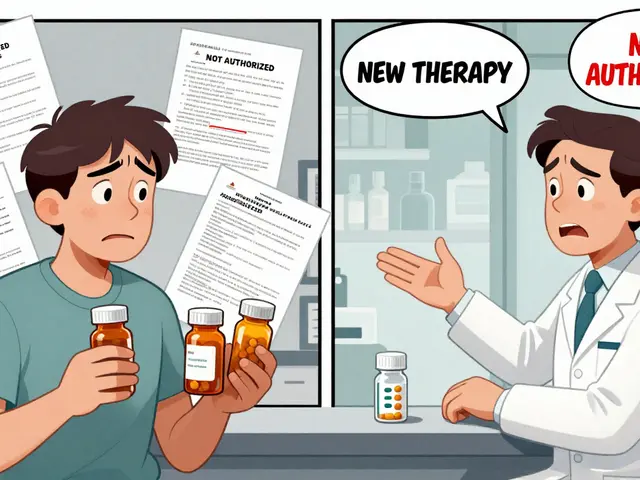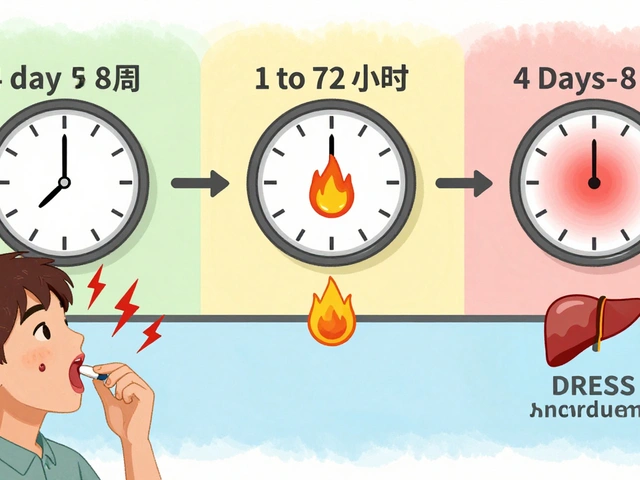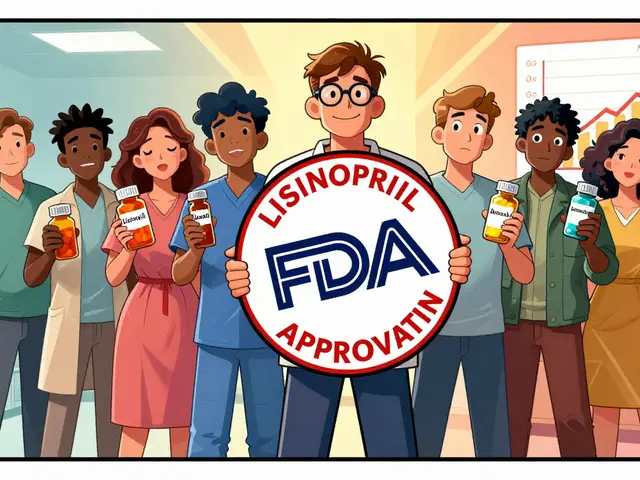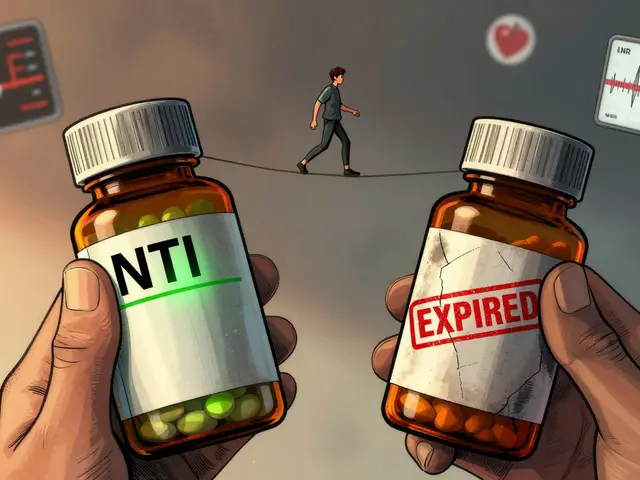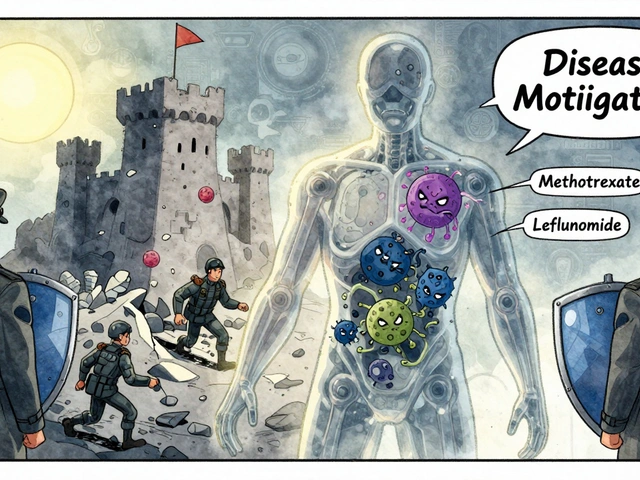Alcoholism treatment: Practical help and medication options
Alcoholism treatment isn't one-size-fits-all. If you or someone you care about is struggling with alcohol, there are medical options, therapy approaches, and practical steps that help. This page gives clear, quick guidance so you can find the right next step.
Medical and detox options
Detox is often the first step when dependence is present. Medical detox in a clinic or hospital manages withdrawal safely and reduces risks like seizures. Common medications include naltrexone to reduce cravings, acamprosate to support abstinence, and disulfiram to create unpleasant reactions to drinking. These medicines work differently, so a doctor will pick the best one based on your health, drinking pattern, and other medications you take.
Therapy, support, and practical steps
Counseling and behavioral therapy are central. Cognitive Behavioral Therapy (CBT) helps change thoughts and habits related to drinking. Motivational Interviewing can boost readiness to change. Peer support groups like Alcoholics Anonymous provide ongoing community and practical tips from people who’ve been there. Many find combining medication with counseling gives the best results.
Outpatient programs let you live at home while attending regular therapy or medical visits. Residential programs offer structured treatment and remove you from triggers for a while. Short stays, long stays, and hybrid programs exist; pick what fits your life and safety needs.
Practical steps you can take today include setting clear goals, removing alcohol from your home, and telling a trusted friend or family member so you have backup. Track your drinking to see patterns, and plan how to handle high-risk situations like parties or stress.
If you take other medicines, check for interactions. For example, naltrexone can interact with opioid painkillers and make them ineffective. Disulfiram reacts badly with even small amounts of alcohol in food or products. Always review your full medication list with a clinician before starting treatment.
Emergency signs that need immediate help include severe withdrawal symptoms, suicidal thoughts, or inability to stop drinking despite danger. Call local emergency services or go to an emergency room if these happen.
Finding care: start with a primary care doctor, an addiction specialist, or a local clinic. Many communities have free or low-cost services. If you prefer online help, look for licensed telehealth providers and verified clinics. Avoid unverified sites selling medications without a prescription.
Insurance often covers parts of treatment. Ask about coverage for detox, counseling, and medication. If cost is a barrier, ask providers about sliding scales, community programs, or medication assistance programs.
Treatment takes time and relapses can happen. That doesn’t mean failure— it means you need a different plan or more support. Keep trying, adjust strategies, and use available medical and counseling resources to build safer habits and long-term recovery.
Simple tools like phone apps for tracking cravings, breathalyzer locks, or a sober coach can help keep you on track. Small daily habits—regular sleep, exercise, and healthy meals—reduce triggers and improve mood. Ask your care team which tools fit your goals. You deserve practical, respectful, ongoing help.
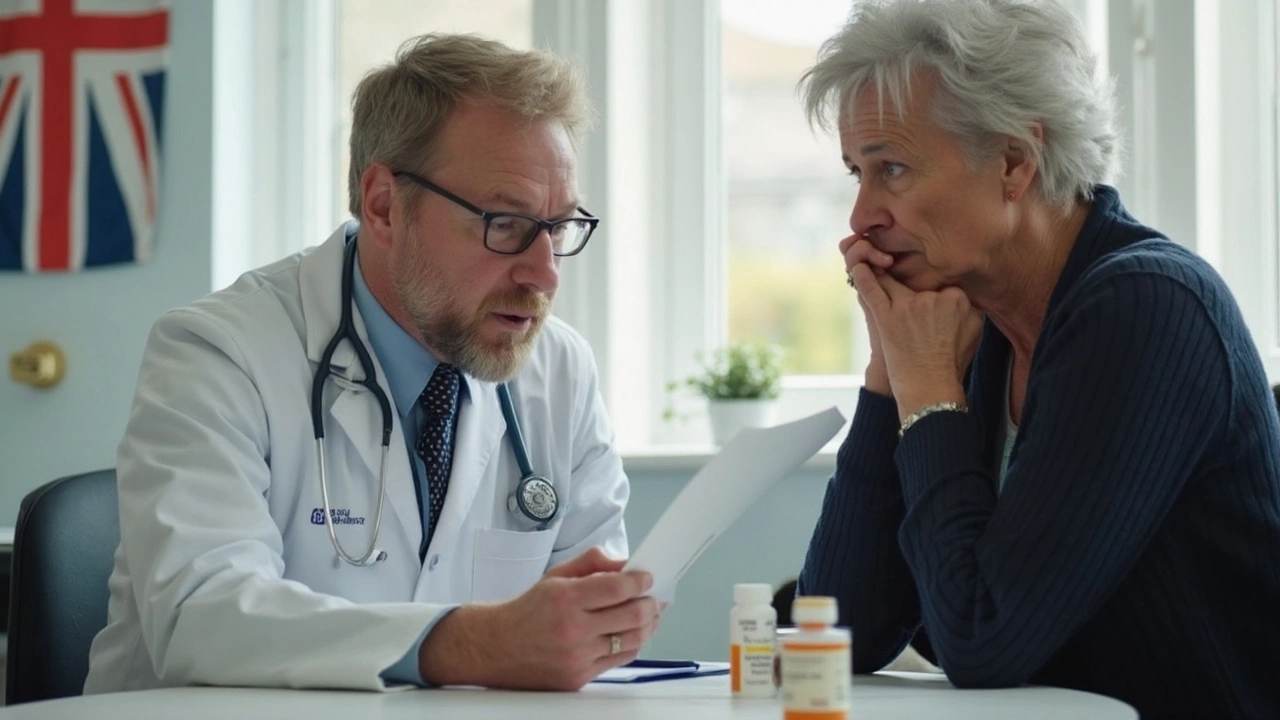
Best Disulfiram Alternatives: Comparing Efficacy, Safety, and Costs for Relapse Prevention
What actually works if you can’t or won’t take disulfiram (Antabuse)? This detailed guide looks at leading substitutes for disulfiram, weighing up their real-world effectiveness, what side effects you have to watch for, and how much they’ll hit your wallet. From naltrexone to acamprosate, we go far past the usual advice, laying out the gritty facts and practical tips so you can make a better-informed decision in partnership with your doctor.
View More
